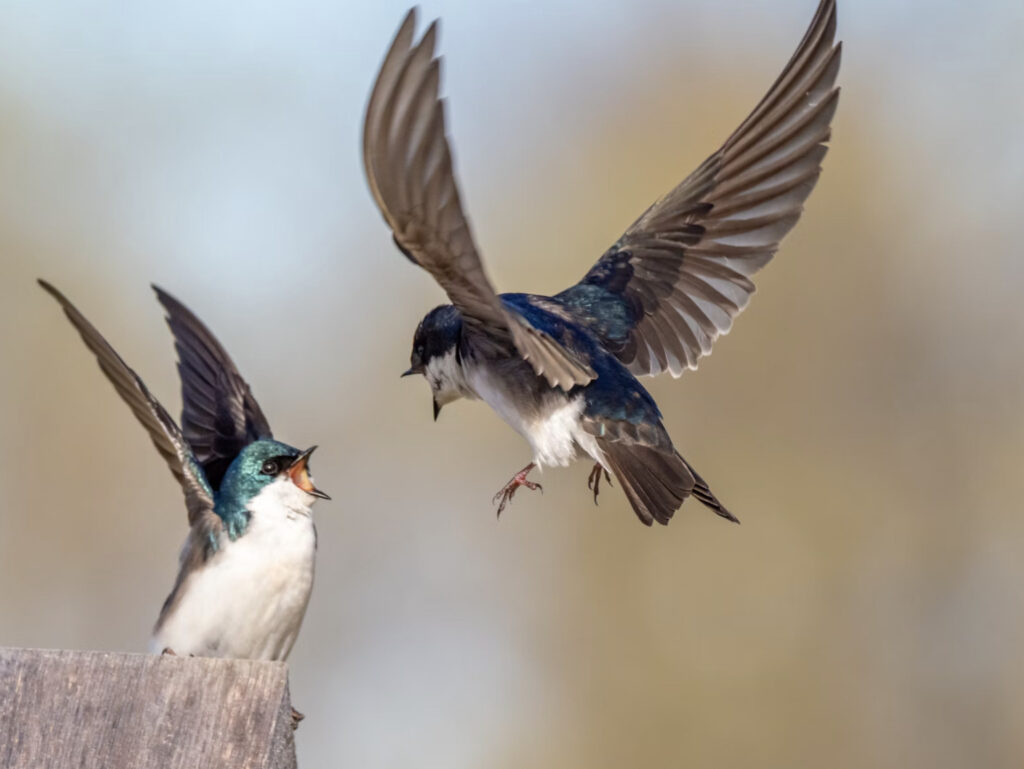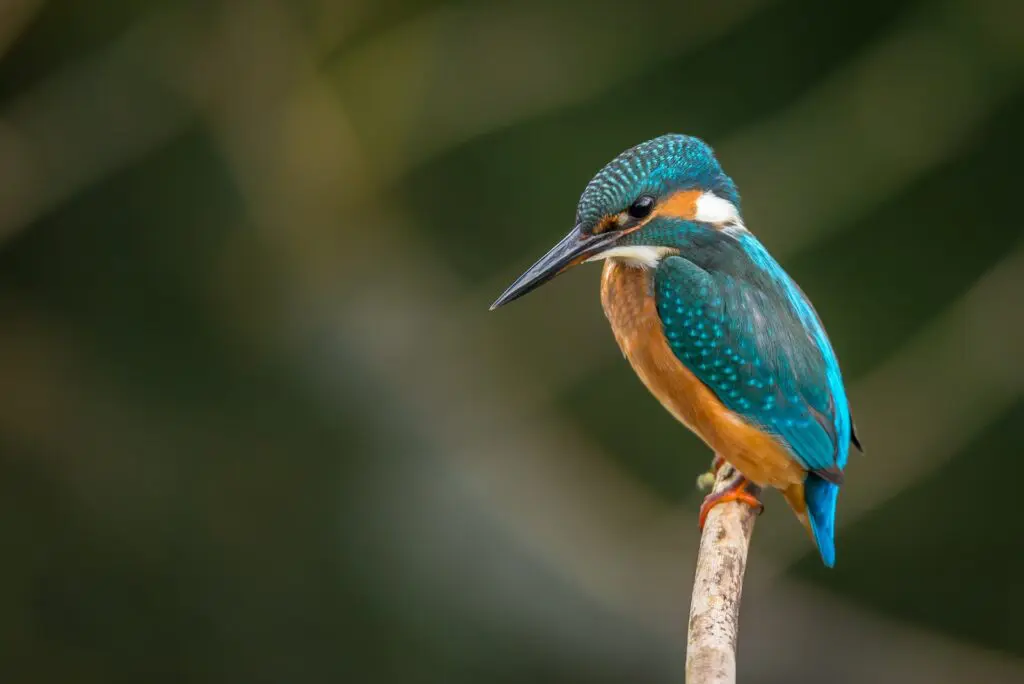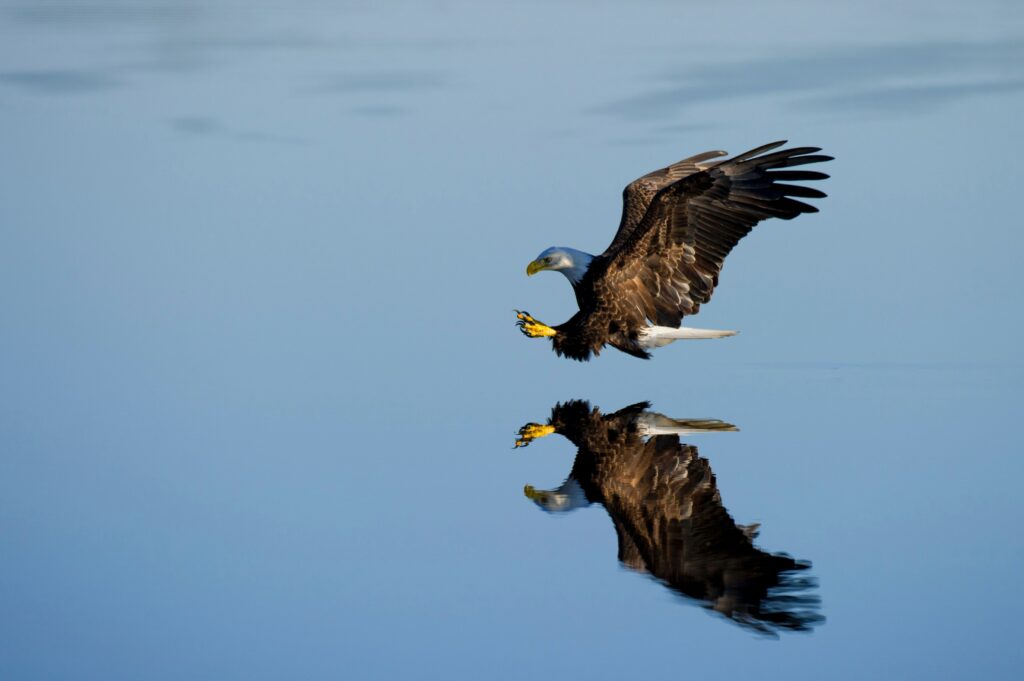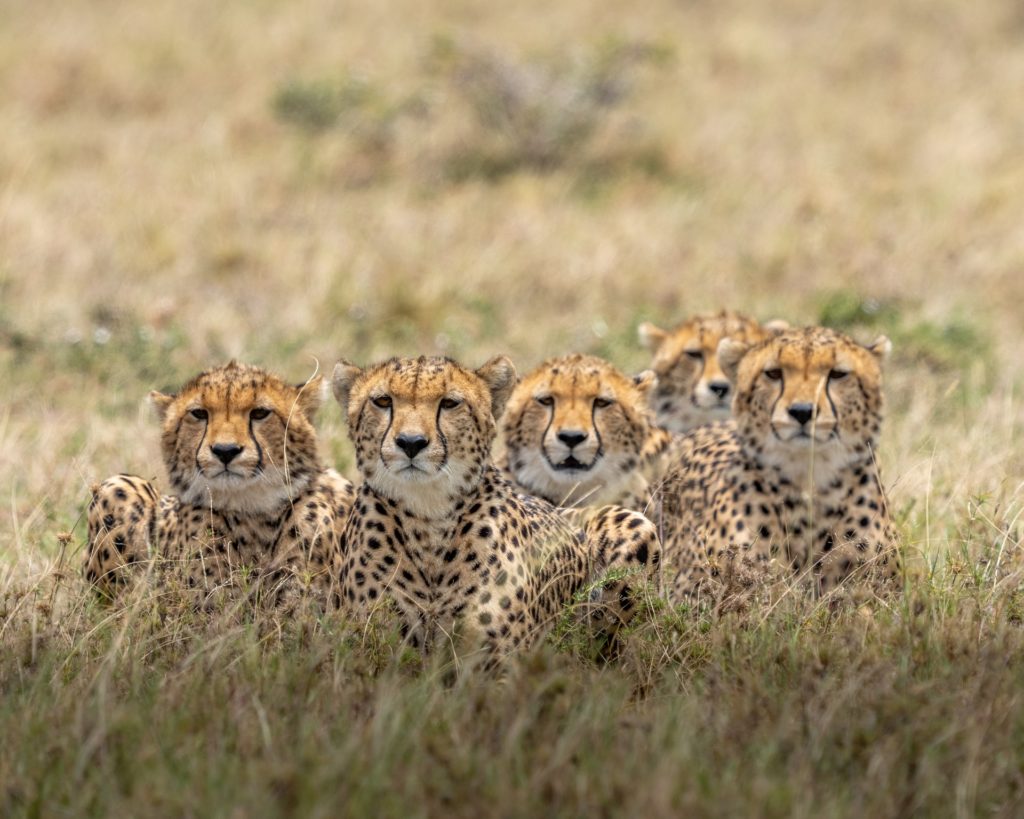Photographing pets is a bit more challenging than photographing people. It is due to their unpredictable nature, and due to the fact that they don’t understand what the photographer is actually doing. Some pets can be startled by the camera flash, or be afraid of the big black thingy you are pointing at them. However, there are also pets that completely trust their owner and, therefore, are easier to photograph.
While it may be challenging, photographing pets can be a lot of fun. Read on for some tips to help you capture better photographs of pets.
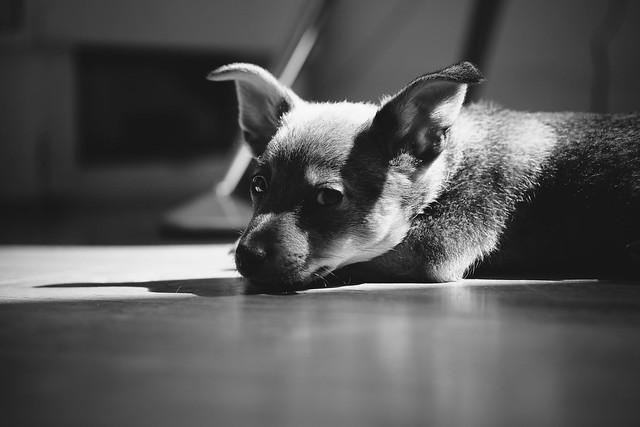 Photo by Simson_Petrol
Photo by Simson_Petrol
Capturing the Perfect Pet Photo
- Get on their level – If you photograph your kitten while standing, the photograph would be taken from a bird’s-eye view. Rarely when that is fun or looks good (surely, there are exceptions). Getting on their level will give you much better angles to shoot from, as well as photos that look more natural. In addition, pets are afraid of people, and tend to loosen up when the human is on their height level since they don’t look like giants to them.
- Use silent shutter – If your camera has the option to go silent (point and shoots have the option to turn off sound, since there is no mechanical shutter to produce sound), do that. Every sound and flash produced from a big black thing pointed at them (the camera in the pet’s point of view) will frighten them and may spoil the shot.
- Utilize natural light – As mentioned before, avoiding flash will help you because flash can startle and scare off pets and cause them to be permanently afraid of the camera. Think of the flash as thunder storm for the pets. Most of them hide during a thunder storm because it scares them to death. Therefore, understanding the characteristics of light is essential. Using natural light and silent shutter is more humane way to photograph the little fellas.
- Focus on the eye – As in photographing people, eyes are the windows to the soul – that applies to pets, as well. Only issue with this is, that pet eyes are quite smaller and pets don’t tend to pose, so it will be a bit tougher to get it right, but when you do, the images are quite rewarding. Just make sure that you use the central point for focusing, or one or two other cross type points, and you’ll have no issues.
- Patience – Patience is a virtue. Pets will be pets – some wild by nature, some lazy. Some pets will be scared by the camera, some won’t. They will be unpredictable and you’ll have to stick with it. Being patient will keep your creative process strict and functional, and eventually, it will result in good shots.
- Capture emotions – It is the same as when you photograph people – you need to capture the expressions just right in order to transfer the emotions via the camera. Pets have emotions too, and you need to capture them perfectly in order to have a photo that “pops”. If you fail at that the photograph will be just another snapshot of a pet.
- Lens – Pets can be big, but they also can be really small, like, for example, a newborn kitten. Also, as we mentioned before they can be easily scared. So, you have to be prepared for the type of pet you want to photograph. For those pets that get scared, a longer lens will be a good choice since it will allow you to be further away from the subject. For the tiny pets, like small mice, newborns and so on, good, sharp prime macro lens will serve you really well. First of all, it will let you focus in real tight; secondly, it will produce good background blur and the sharpness will let you see every speck of hair and every small whisk in there. Also, that detail will allow you to focus on their really tiny eyes.
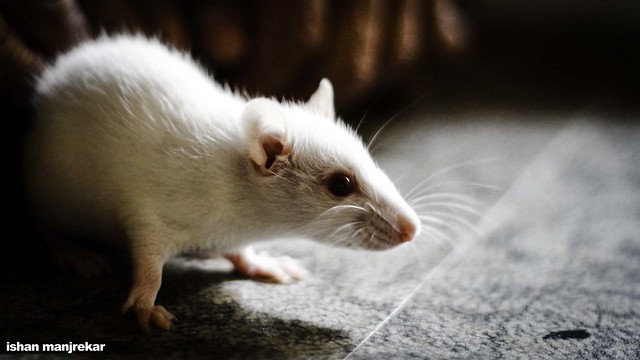 Photo by Ishan Manjrekar
Photo by Ishan Manjrekar
- Selective focus – From the tiniest to the largest pets out there, selective focus almost never does the picture any harm. It lets you lead the eye to the part of the picture you want to present the most, and also allows for much cleaner and more professional looking photo. You can also take a step further and use tilt-shift lens to control the selective focus even more.
Get Creative
The above-mentioned tips mostly cover the technical part of photographing pets. But we aren’t done yet. Let’s get to the creative part of the process.
- Know the pet – It is not just about knowing whether it is a dog or a cat. It is about knowing its personality; whether it is a wild or a shy one. Does it like to play with people, or does it have a favorite toy? Maybe it has a best friend – dogs often do, cats as well. You can use all that information to your advantage. If you are photographing your pet, that part is already covered, but if you are hired to photograph someone else’s pet, you need to know its personality in order to capture its essence – to photograph the things that separates it from other animals. Most importantly, for your client to be able to recognize their pet just by the action that can be seen in the photo.
- Research – As an addition to getting to know the pet, it is good to know general stuff about the species, which you can later on use in the creative process, and it will help you understand the personality of the pet. That will also allow you to find out what to do with the pet. Some pets can be really specific, like snakes, for example.
- Prepare the area – If you know that the pet likes certain toy or food, use that to your advantage in order to place the pet where you want it or to get their attention. It can help you capture their character as well, if, per se, that is the pet’s favorite toy and it doesn’t go anywhere without it.
- Color – We all know that some colors don’t go well with others. So, combine the ambient colors with the pet color really carefully in order for the whole image to be pleasing for the eye. It works the same as choosing the right background according to the clothes that the model wears. For example, photographing a Golden Retriever on sunset is really cool since the sunset enhances the color in the retriever’s fur.
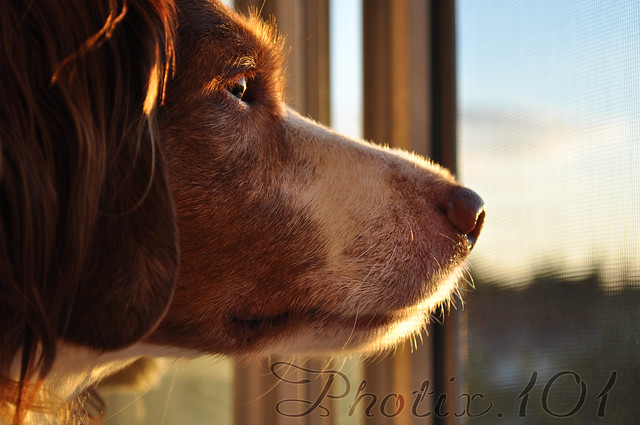 Photo by JJLosier
Photo by JJLosier
- Experiment – I know that everybody says this, but it is pretty much part of every creative process. The idea is to create wonderful shots by using the personality that the pet has. For example, if it is a fast energetic dog, you can get the owner to make it run and you could make panning shots to show the motion and energy that the dog has. On the other hand, if your model is a peaceful cat, you can take shots that show serenity and peace by playing with the light, selective focus and maybe even go black and white. Get creative, try new stuff, and think outside the box.
- Schedule and plan – This is obvious but worth the mention. It doesn’t apply just for the pet, but also for the owner, and maybe for some other pets to spice things around. Animals in general like other animals around them, which can help you in the process of creating different scenarios, different kind of pictures, and maybe even group shots. Pictures are easier to make and even fun when the pet is relaxed and in its comfort zone. Planning is important in order to get the shots that the owner wants and to make your job easier. Planning process will also reach the owner’s expectations, while keeping the quality and quantity. That avoids many uncomfortable situations.
- Don’t forget the owner – Yes, you maybe have been hired to shoot the pet (with your camera, don’t get me wrong) but offer to take few shots with the pet and the owner both into the frame. They will appreciate it, and that is bonus points for you as a photographer. In case you are the owner, try taking a photo of you and your pet. It might turn out better than you had anticipated and it will probably inspire you to think outside the box.
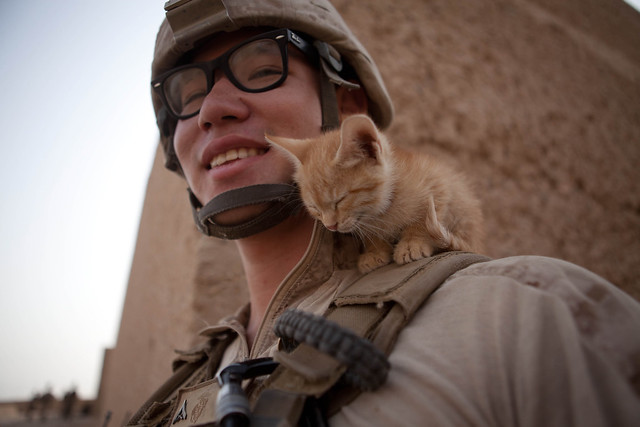 Photo by DVIDSHUB
Photo by DVIDSHUB
- Pets aren’t wildlife – You can’t really set up for photographing pets as for photographing wildlife. With pets you can’t always put on 400mm lens and sit back to relax and wait for the shot. With pets you’ll have to work for it (not saying that wildlife photography is easy, it is just a different approach). More often, you’ll have to animate the pets, or create something for them in order to get the shot you want. Nonetheless, with pet photography, as well as with wildlife photography, timing is crucial. Split second to nail the photo or it is gone. With pets, unlike wildlife, you are focused often on just one animal and nothing else. On the other hand, with wildlife there is often variety of animals to choose from.
All in all, photographing pets can be a challenge. It will require quick adapting to situations and you will have less than a second to get the shot. It will require keeping track on several things in the same time. Most likely, it will be a job that will get you dirty from the head to the toes, so be prepared for that, too. Also, make sure you don’t have allergies to certain animals, because you don’t want to end up in the hospital. All that said, have fun, keep an eye on the light, and think outside the box and you will do great.

